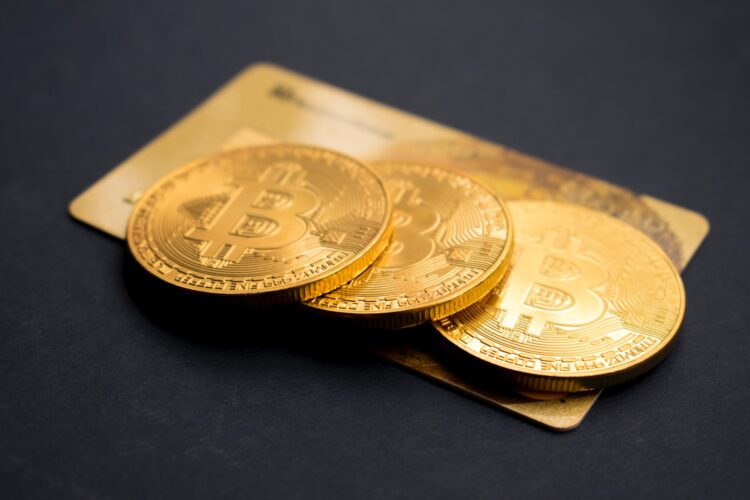As we usher in 2024, the hopes of Wall Street for the Federal Reserve to initiate rate cuts are dwindling. The recent robust jobs report coupled with the latest inflation data, which indicates a surge in inflation, weakens the case for rate cuts.
Inflation in December rose to 3.4% year on year, an increase from the previous month’s 3%. Core inflation, however, saw a slight moderation from 4% to 3.9%. This is far from the 2% inflation movement that the Fed is aiming for.
The difference between 2% and 3.4% inflation may seem insignificant, but it has profound implications in the long run. A 2% inflation rate would cause prices to quintuple over an average American retiree’s 85-year lifespan. However, a 3.4% inflation rate would result in a 17-fold increase in prices, tripling the level of inflation that a 2% rate would cause.
While Wall Street may not be overly concerned about a 3.4% inflation rate, the Fed and policymakers in Washington are likely feeling the heat, pondering how to steer inflation back towards 2%.
The high inflation experienced in 2022 was a consequence of the trillions of dollars of monetary stimulus the Fed injected in 2020 to buttress the government’s fiscal stimulus measures. This resulted in the Fed’s balance sheet more than doubling and a significant increase in the money supply, leading to the inflation we are currently grappling with.
The Fed’s attempt to normalize monetary policy and reduce its balance sheet size also led to a decrease in the money supply, which helped bring down inflation rates. However, despite the Fed’s continued efforts to reduce its balance sheet, the M2 money supply has been stubbornly resilient.
Since April 2023, the Fed has removed about $1 trillion in assets from its balance sheet. Yet, the money supply has remained largely stagnant and seems inclined to move upwards. The Fed must answer why this is happening if it hopes to make headway against inflation.
If the Fed fails to figure out how to continue decreasing the money supply, it may lose the battle against inflation. There’s a chance that the Fed is wary of the money supply decrease, given that this is the first large-scale decrease since the Great Depression.
The last time the Fed reduced the money supply to this extent, it intensified the severity of the Great Depression. The Fed is keen to avoid a repeat of this scenario. If the Fed is intentionally maintaining the money supply to prevent a rapid drop that could potentially tank the economy, we shouldn’t expect inflation to fall below 3%, and it could even rise above 4%.
In contrast to Wall Street’s expectations of rate cuts, it appears more likely that the Fed will maintain steady rates. If inflation resurges, a return to rate hikes cannot be ruled out.
The impact of inflation has been felt by all, with significant price increases in food, housing, and virtually everything else. If the Fed fails to control inflation, we could face a problematic, or in the worst-case scenario, stagflationary situation.
The 1970s stagflation saw inflation fluctuating wildly, from 6% at the start of the decade to under 3%, then over 12%, back down to 5%, and finally over 13% to end the decade. Therefore, the recent drop in inflation from over 9% to near 3% doesn’t necessarily mean the Fed has inflation under control.
The real danger lies in the Fed’s potential complacency, believing it has inflation under control and not taking forceful enough action to rein it in. If inflation spirals out of control again, we could see a return to high inflation that could significantly dent our wallets.
One way to mitigate these negative impacts is by investing in precious metals like gold and silver, which have served as safe haven assets and inflation hedges for decades.
During the 1970s stagflation, gold and silver both yielded average annualized returns of over 30% per year. If they were to perform similarly today in the event of a return of inflation, most precious metals owners would be quite pleased.
Buying and owning gold and silver is not a difficult process. Physical gold coins or bars can be easily purchased for home storage. For those looking to protect their retirement savings in tax-advantaged accounts from inflation, a gold IRA or silver IRA is an option.
With a gold IRA, you can fund your new IRA account with a tax-free rollover or transfer from an existing 401(k), 403(b), TSP, IRA, or similar retirement account. Then, you can use those funds to purchase gold and silver coins or bars, which offer the same tax advantages as assets held in any other IRA account when held in a gold IRA.
If you’re concerned about the recent surge in inflation and are considering options to protect your hard-earned money, it may be time to explore gold and silver.
Don’t let your savings continue to lose value to inflation. Lear more about how gold and silver could help you hedge against the harmful effects of inflation.
Let us know what you think, please share your thoughts in the comments below.









